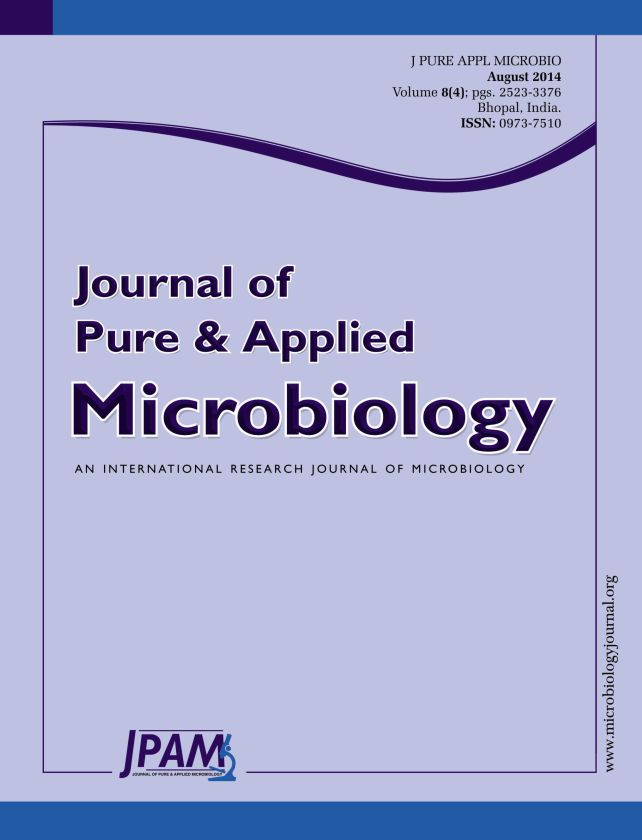The present investigation was carried out to explore the possibility of conversion of waterhyacinth into nutrient rich biocompost by using different microorganisms. The composting experiment laid out in a randomized block design (RBD) with five treatments. The treatment consisted of waterhyacinth with cowdung slurry (CS), effective microorganisms (EM), microbial consortium (MC), mixed liquor suspended solids (MLSS) and plain waterhyacinth (as control experiment). The treatment considerably facilitated mineralization in the order: MC > EM > CS > MLSS. The results revealed that the composting with microbial consortium was found to be the best option for converting waterhyacinth into nutrient rich manure through their superior physico-chemical properties i.e. lower C:N ratio, higher total N and micronutrients with higher microbial populations. The study has thus indicated that waterhyacinth can be effectively recycled for the production of nutrient rich biomanure through composting using suitable microbial consortia, resulting in greater economic and ecological benefits.
pulp and paper mill effluent, waterhyacinth, biocompost, microorganisms
© The Author(s) 2014. Open Access. This article is distributed under the terms of the Creative Commons Attribution 4.0 International License which permits unrestricted use, sharing, distribution, and reproduction in any medium, provided you give appropriate credit to the original author(s) and the source, provide a link to the Creative Commons license, and indicate if changes were made.


